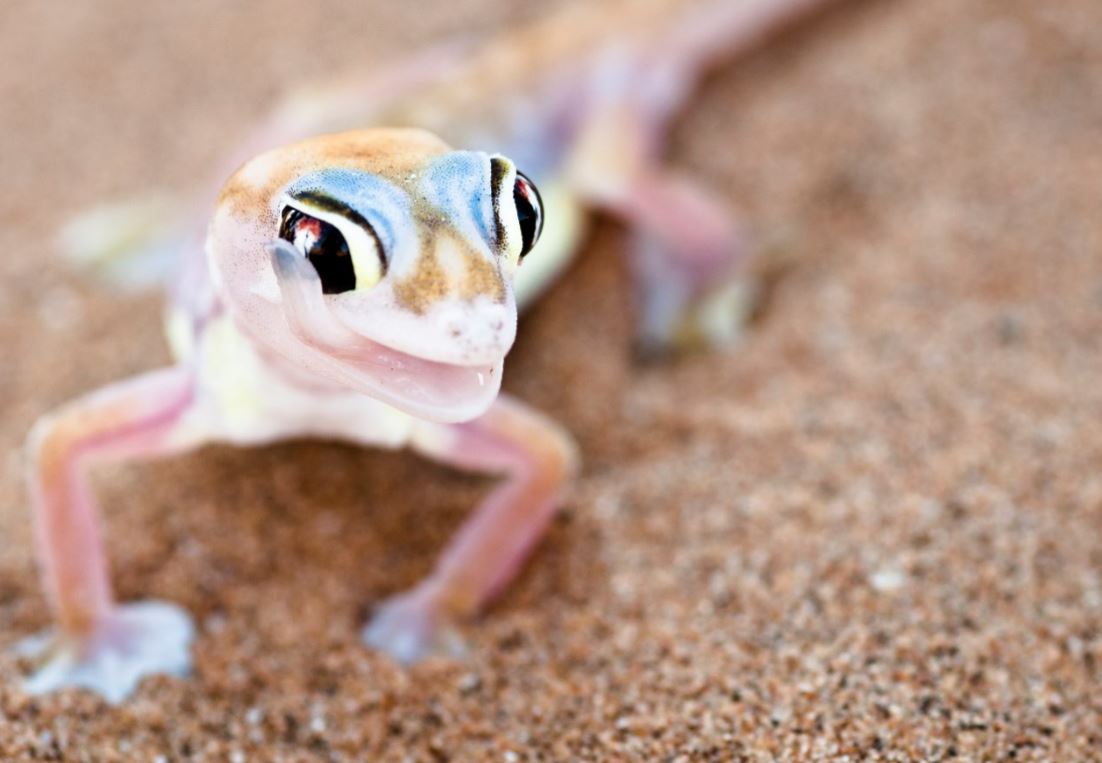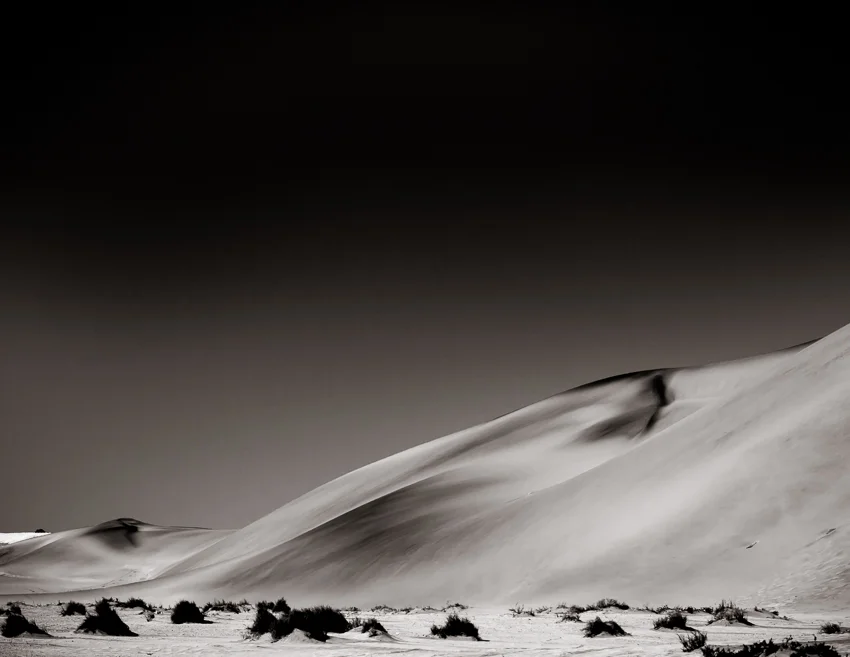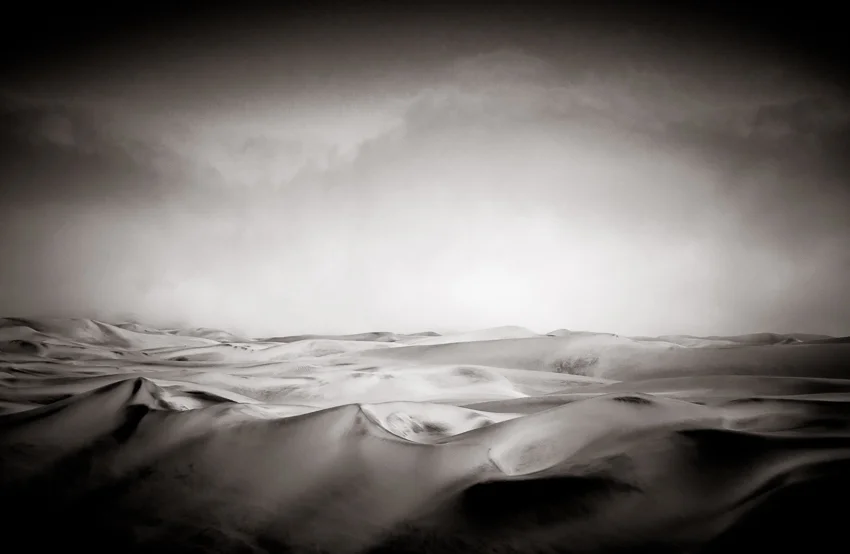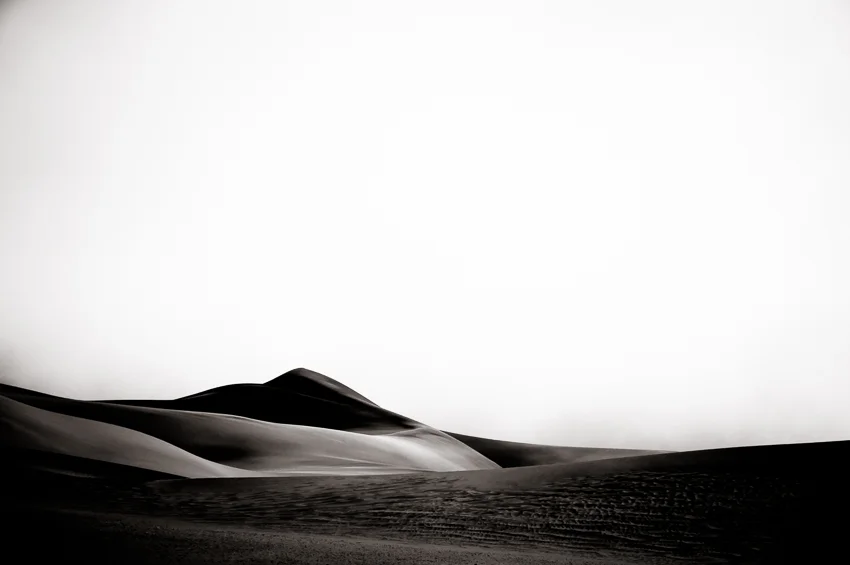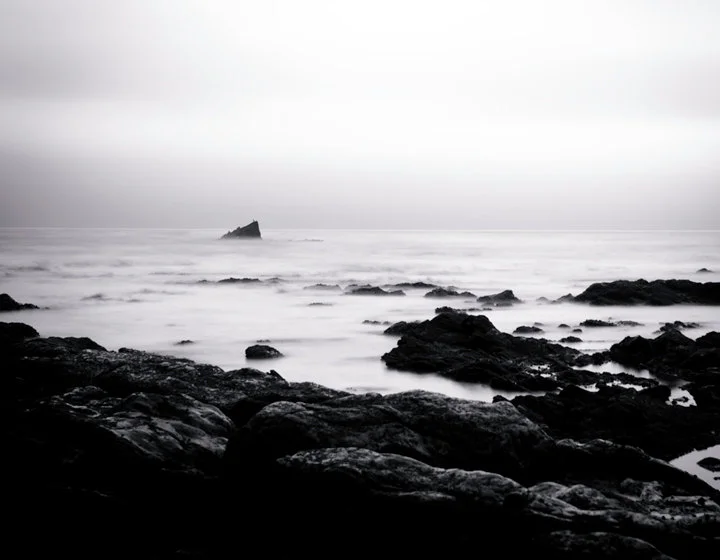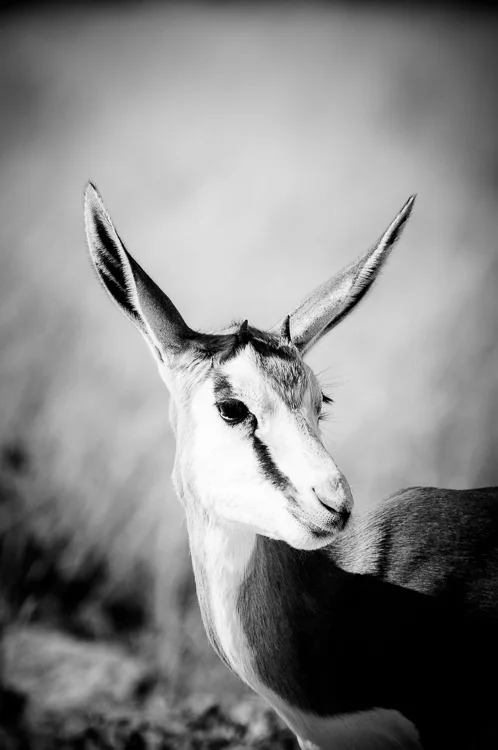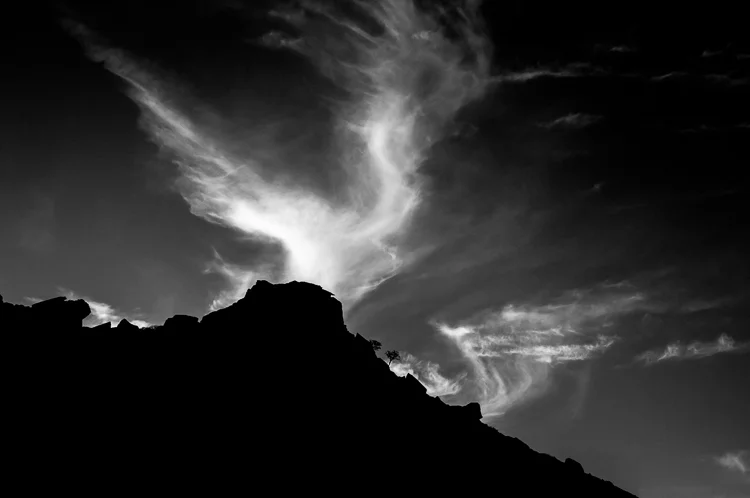Namibia Day 7: Swakopmund
Namib Dune Gecko
We headed out on the "Living Desert Tour" first thing in the morning(after an amazing breakfast at Cornerstone Guesthouse). I highly recommend this tour. Chris the owner of Living Desert Tours was a fantastic guide. He is extremely knowledgeable about the desert and very passionate about conservation. He knew where to find everything - and was very good at making sure the photographers in the group got their photographs. This was a tour that I had researched before getting to Namibia and was really hoping I'd get to take it, and it was even better then my expectations. We were on the tour for all of about five minutes before realizing that there is life everywhere in the desert. It didn't take long at all before you were very careful where you put your feet. We immediately saw a sidewinder snake(which is much smaller then it appears on TV) and very shortly after that saw both the gecko and chameleon. We saw all of what they call "The Little Five" and my favorite was definitely the gecko with his transparent skin and lack of eyelids.
The desert itself was breathtakingly beautiful. Normally the desert has a fog in the early morning. The fog comes off of the Atlantic Ocean and provides the desert inhabitants with moisture. Usually the fog is burned off earlier in the day. However, the day we were there the fog came in later then usual. So we actually got to watch it roll in from the ocean. It was so amazing.
After the tour we grabbed lunch and chilled out for an hour or two. In the late afternoon we decided to head down to the ocean where we'd seen a shipwreck so we could watch the sunset. The fog pretty much obscured the actual sunset, but it still made for some interesting photographs.
Due to the fog and rocky shores there is a lot of shipwrecks off the coast of Namibia. We saw two in the short time that we were at the ocean.
Shipwreck off the coast
Technical Notes: For the Living Desert Tour I used several different lenses. I used a macro lens for the Gecko photos, and for the snake, and of course a wide-angle lens for the dunes. I also used an 80-200mm 2.8 lens but found that I could have benefited from an extension tube as my minimum focusing distance was too great for photographing such small animals. For the long exposure photograph of the ocean I used a 10x neutral density filter to blur the water textures.
